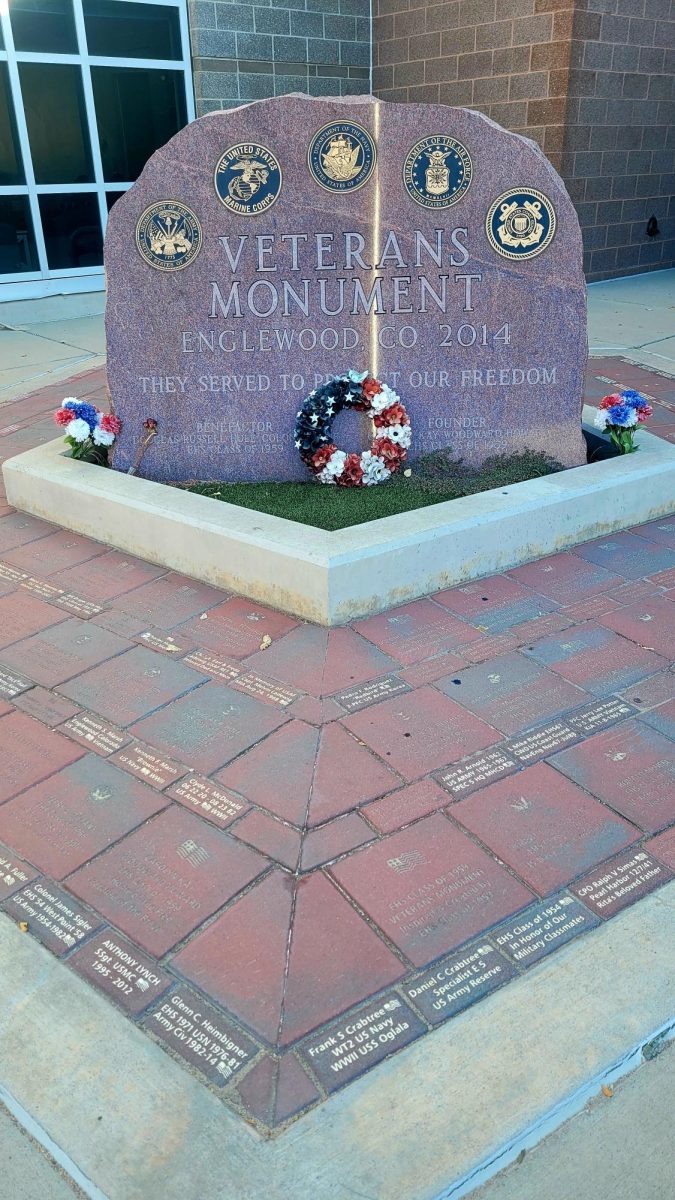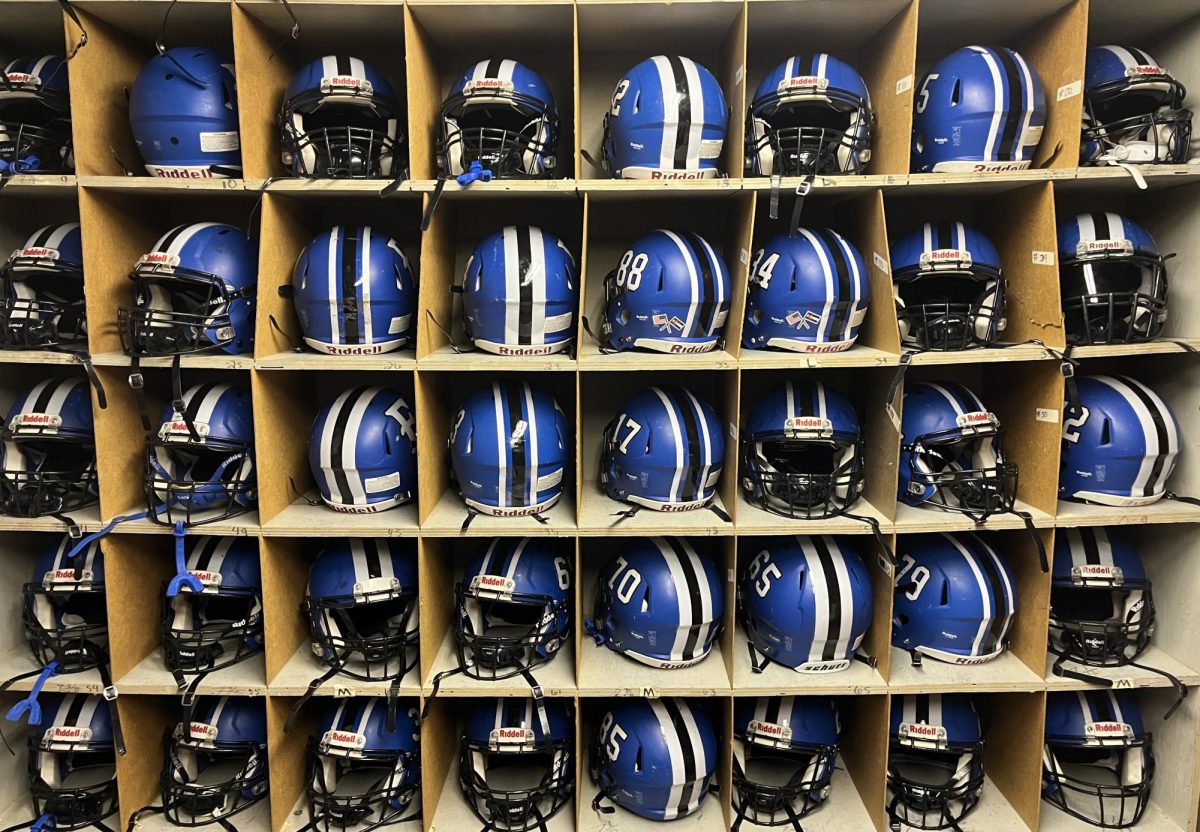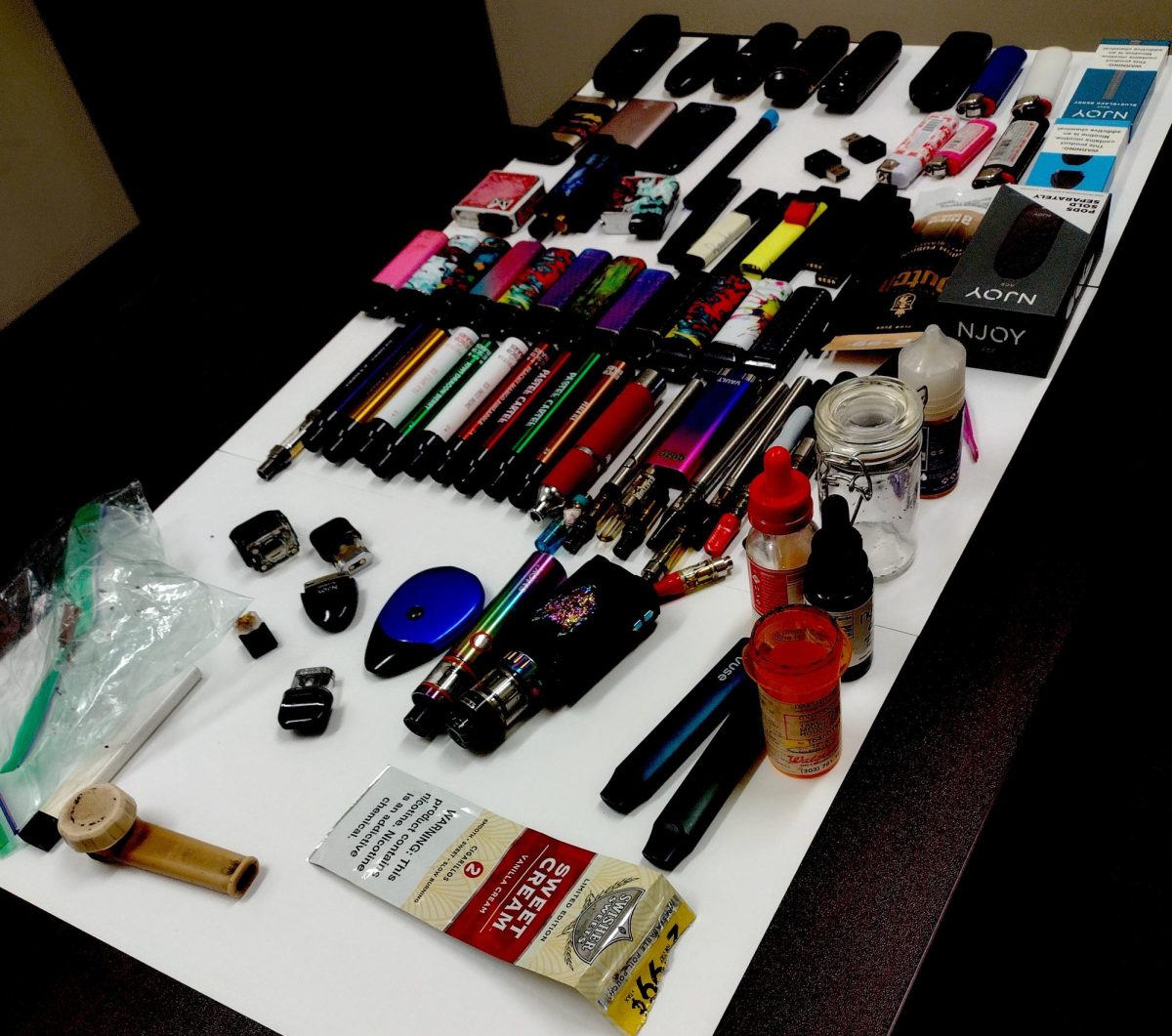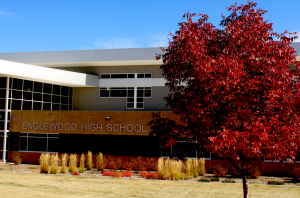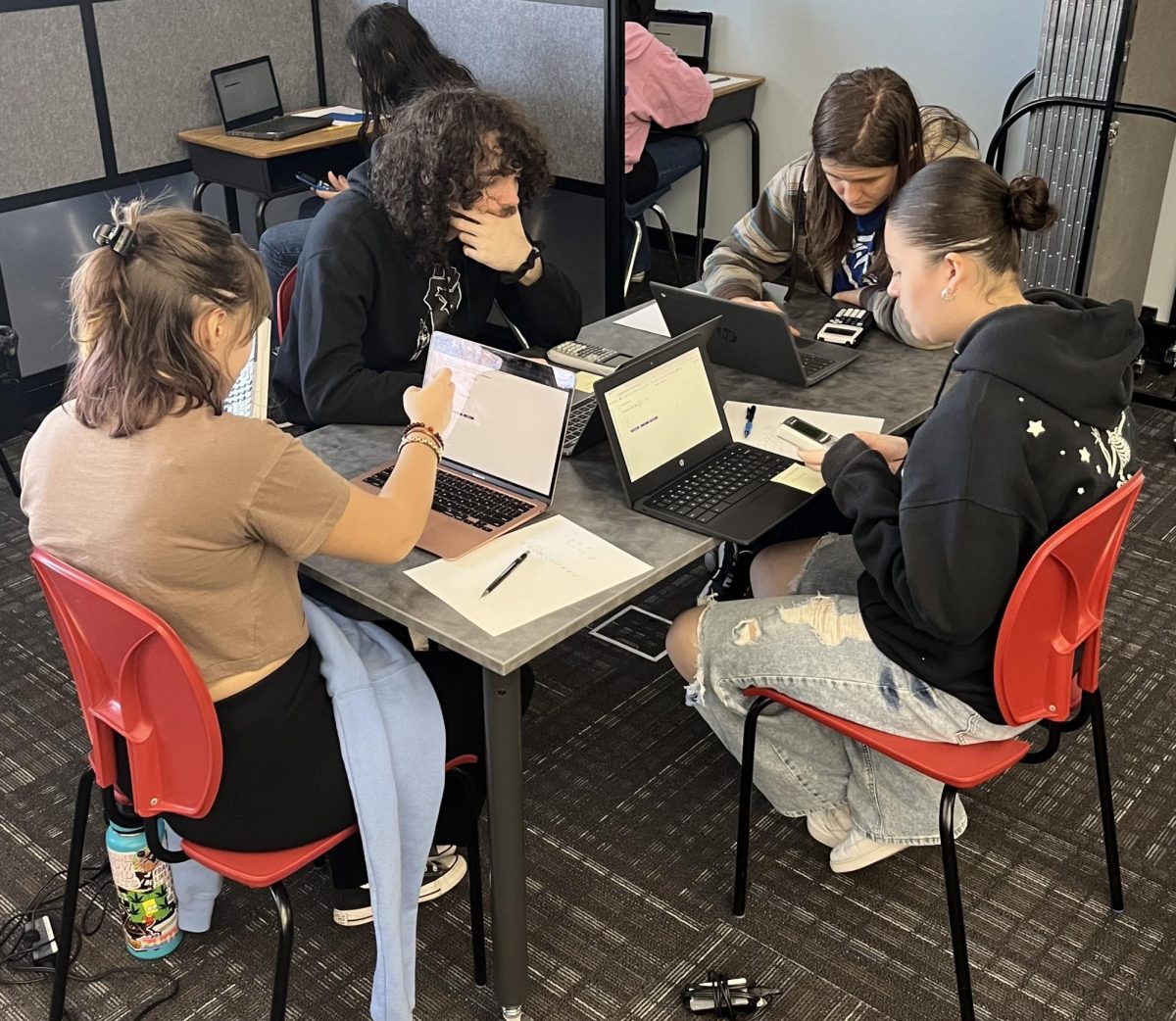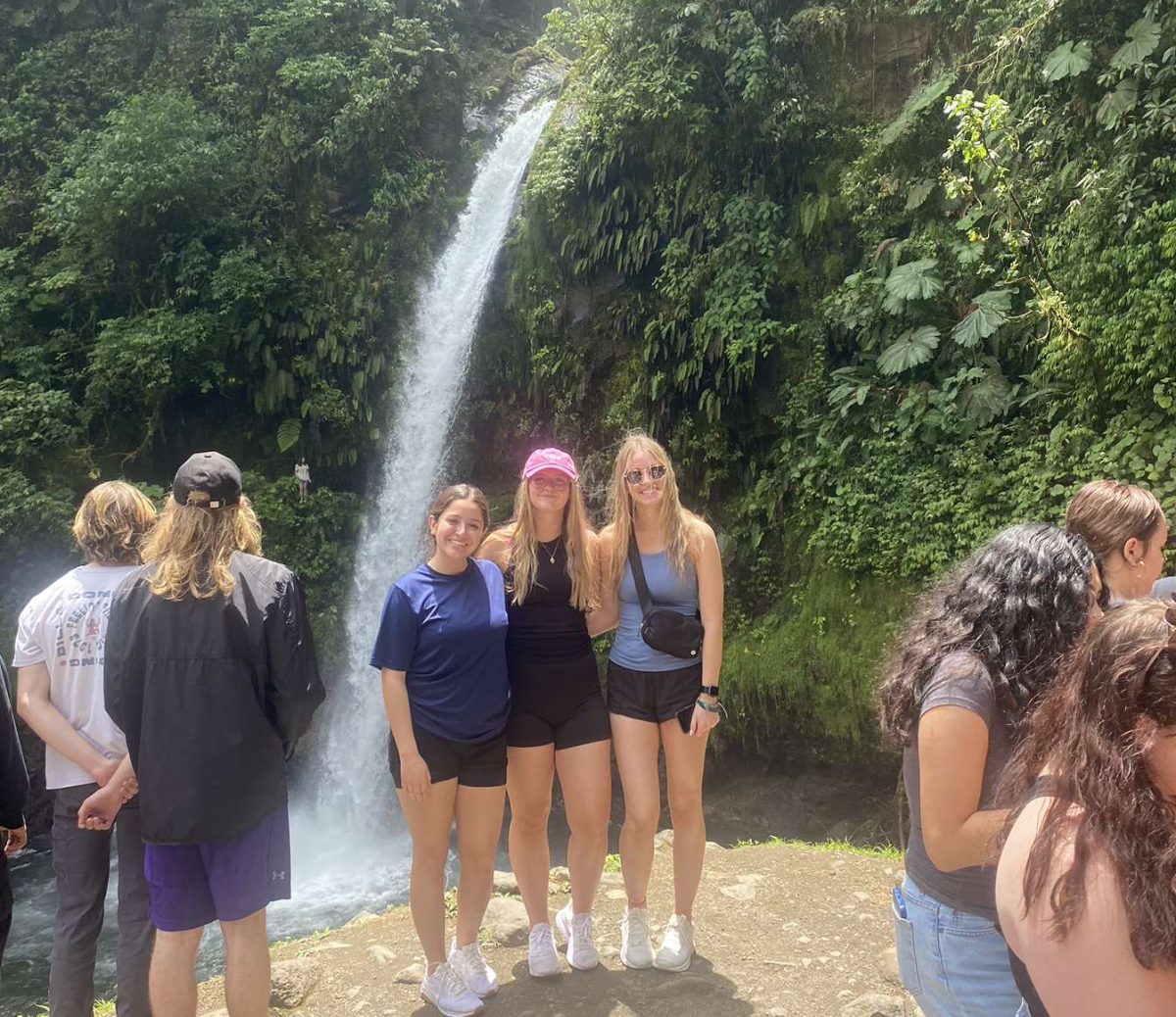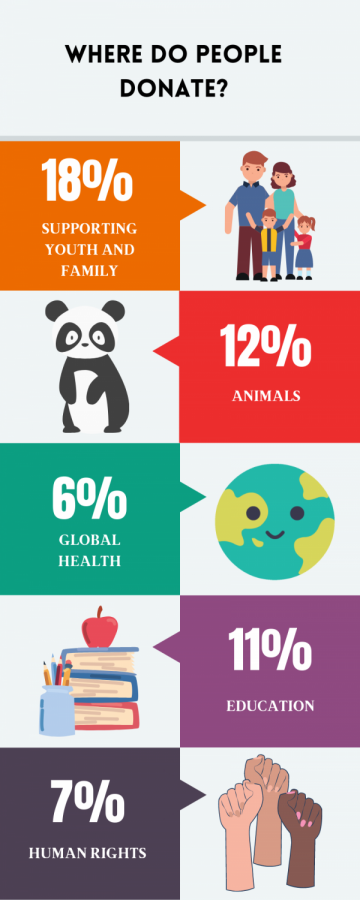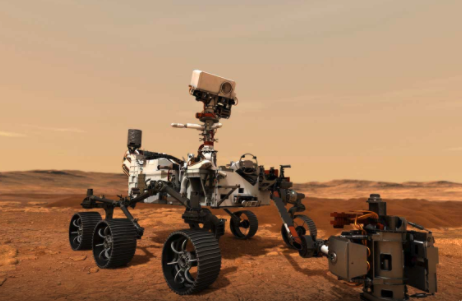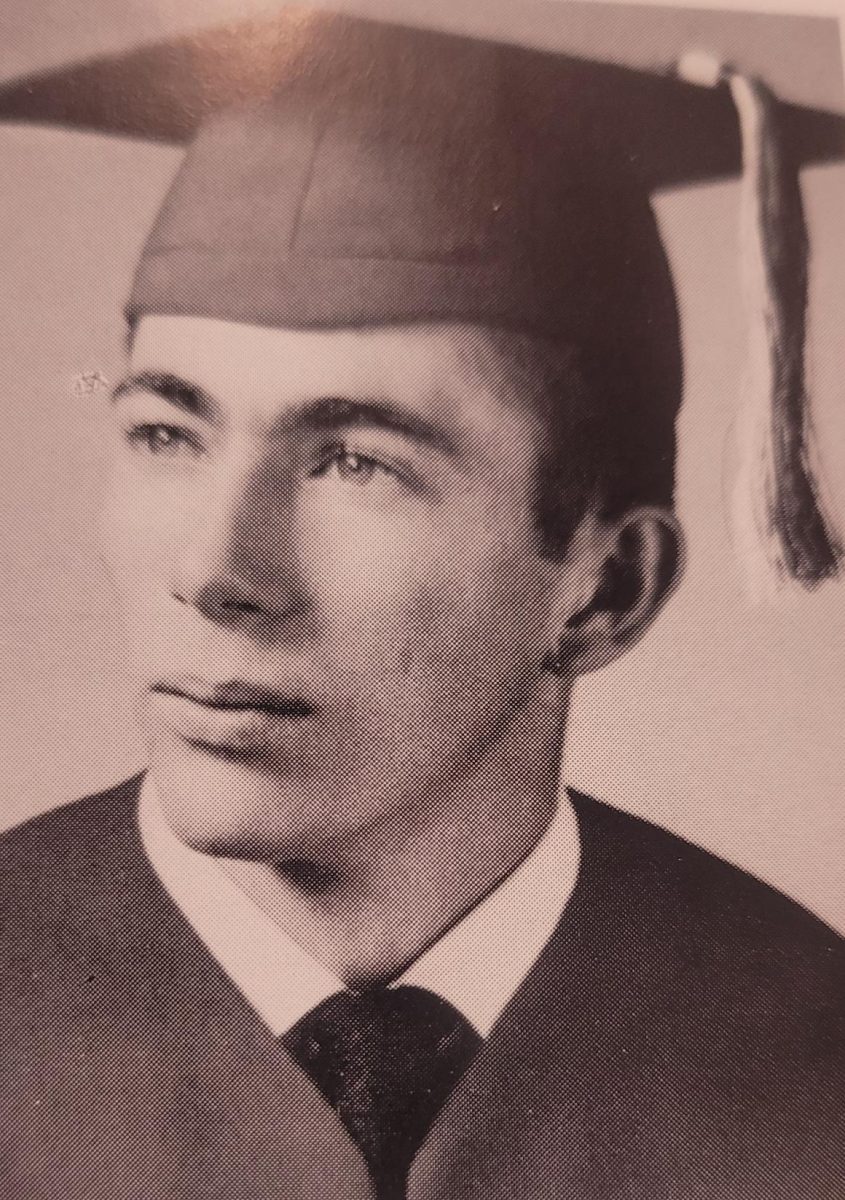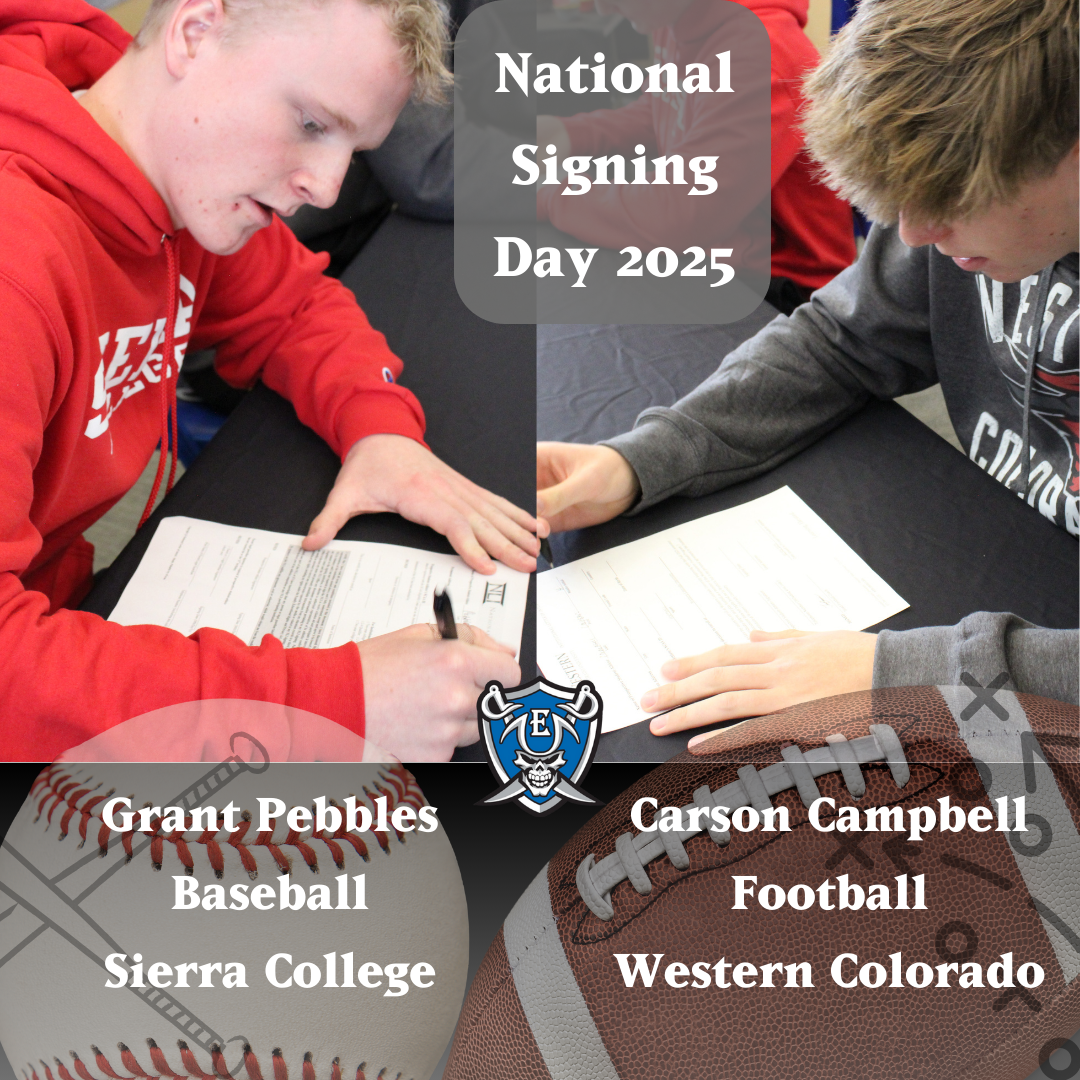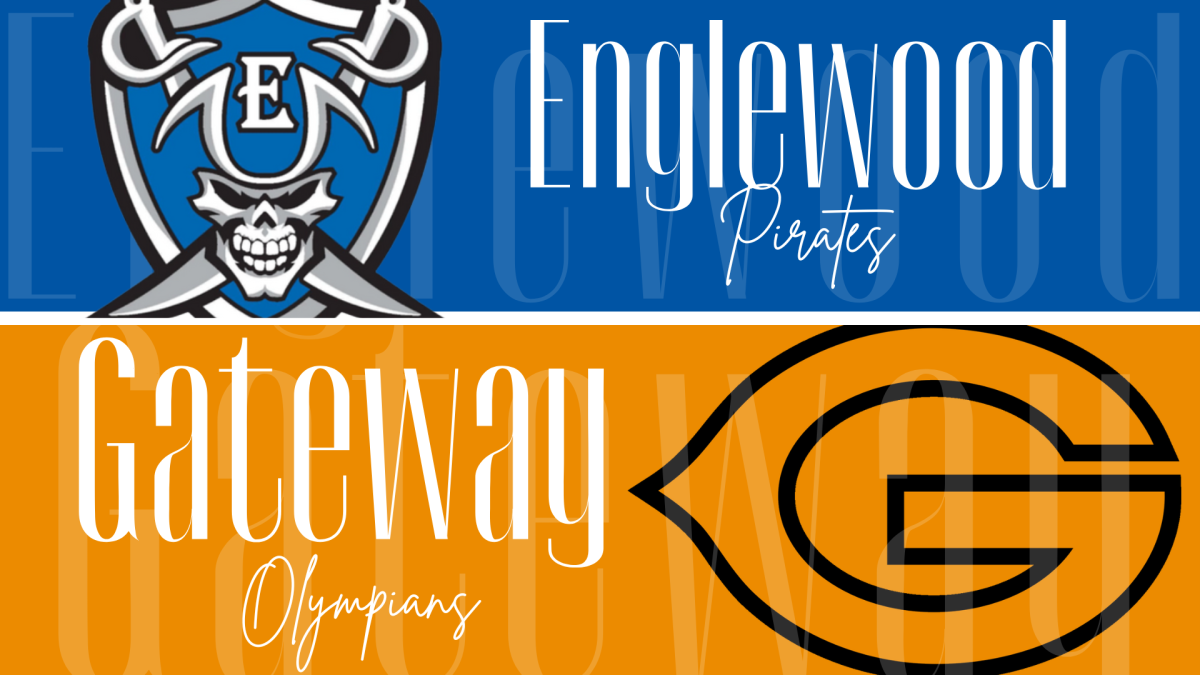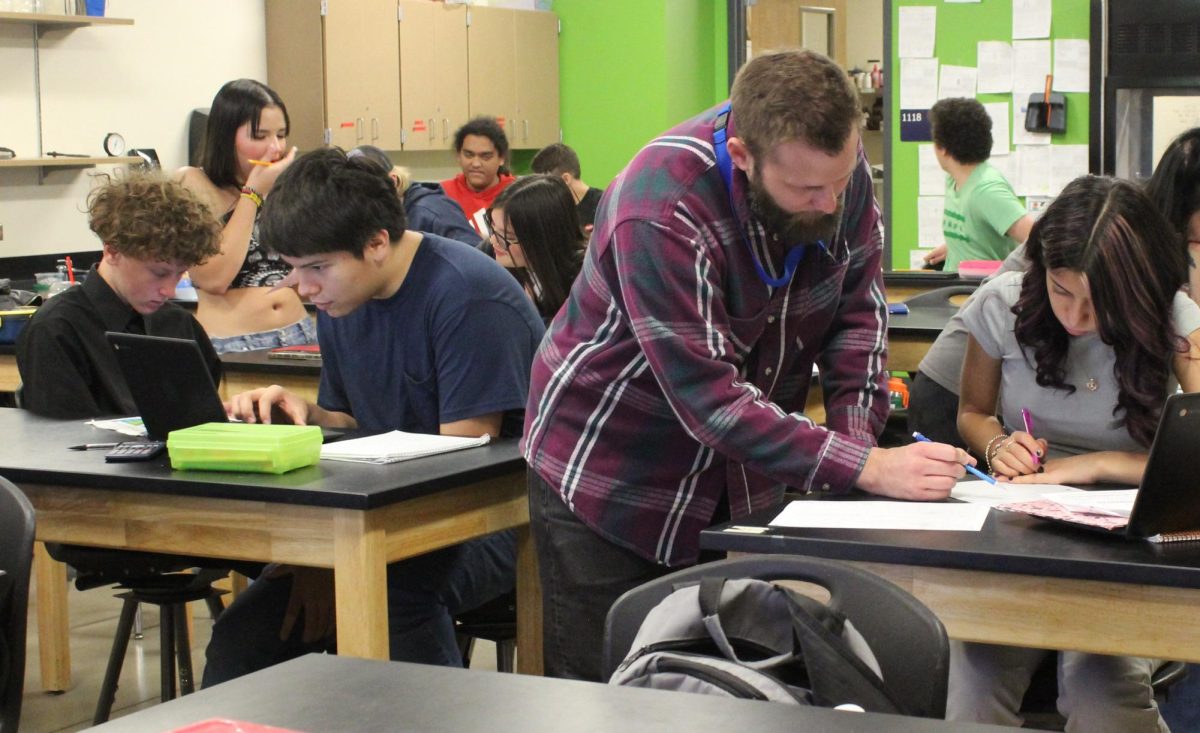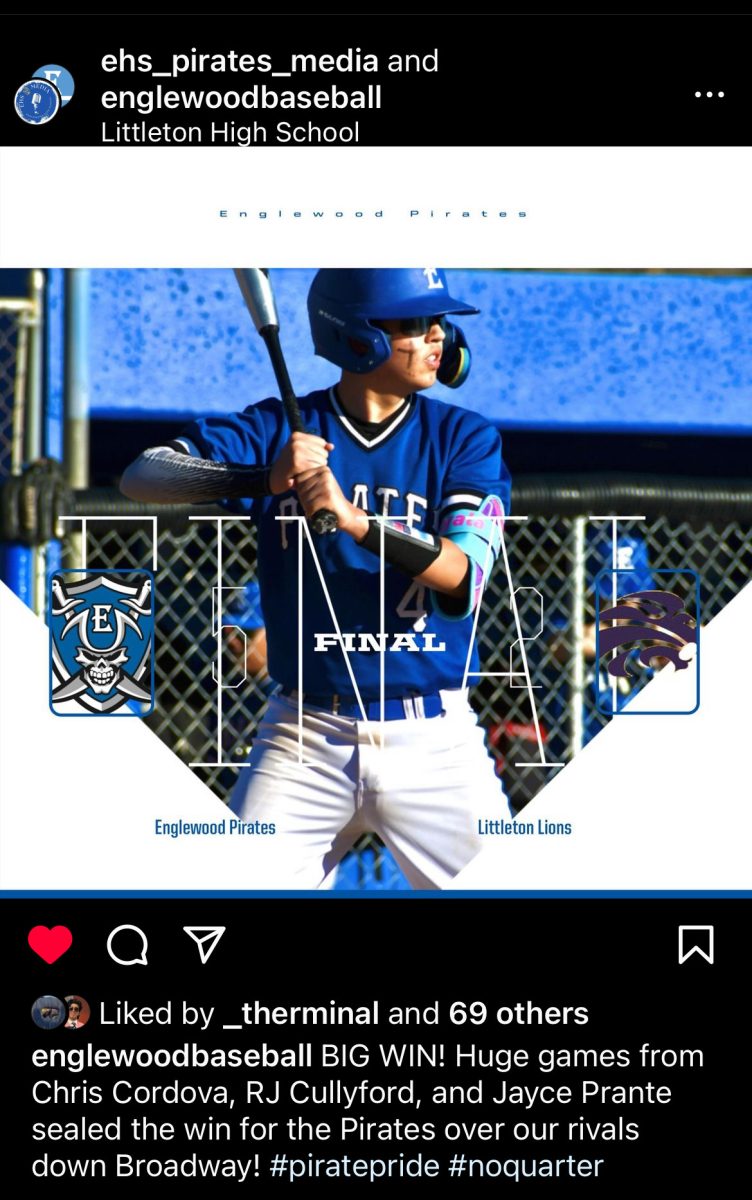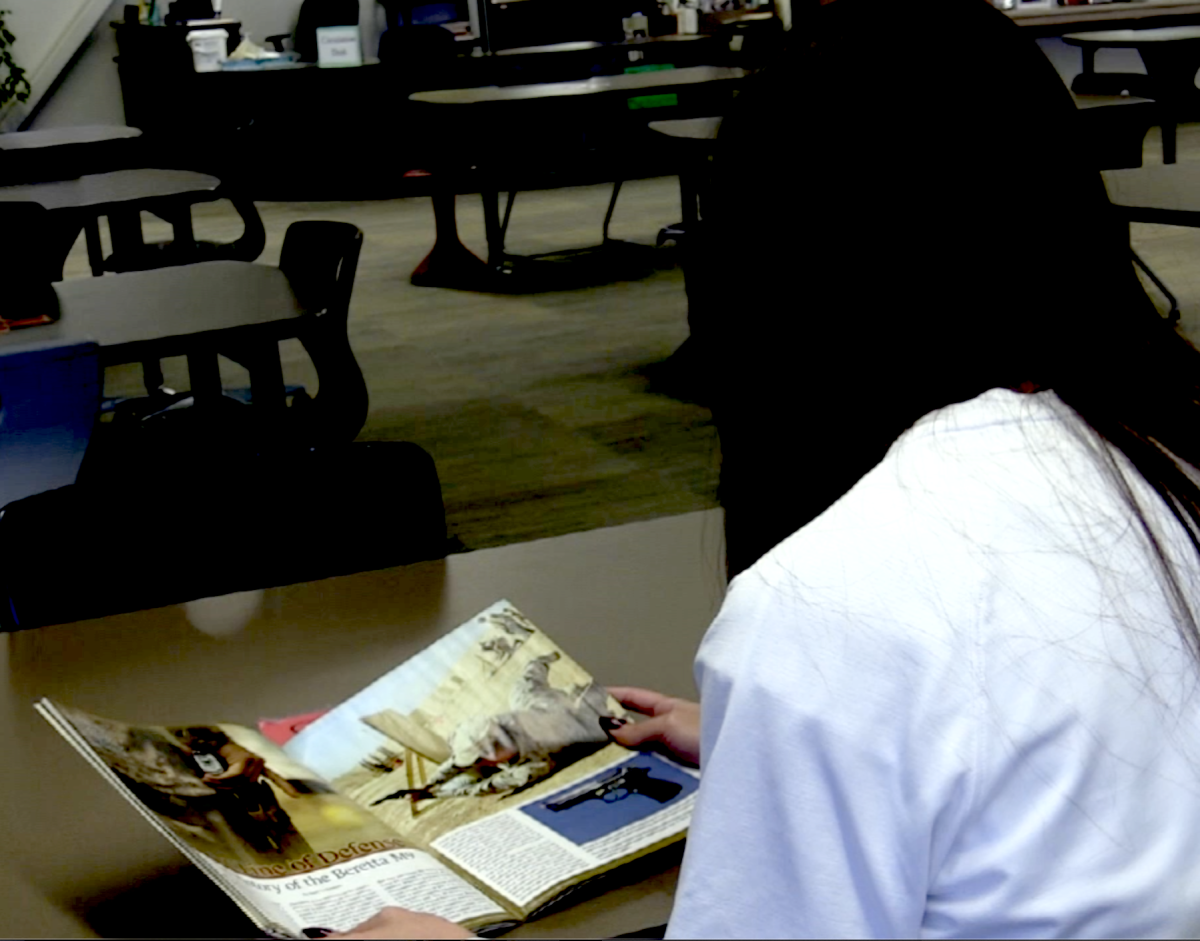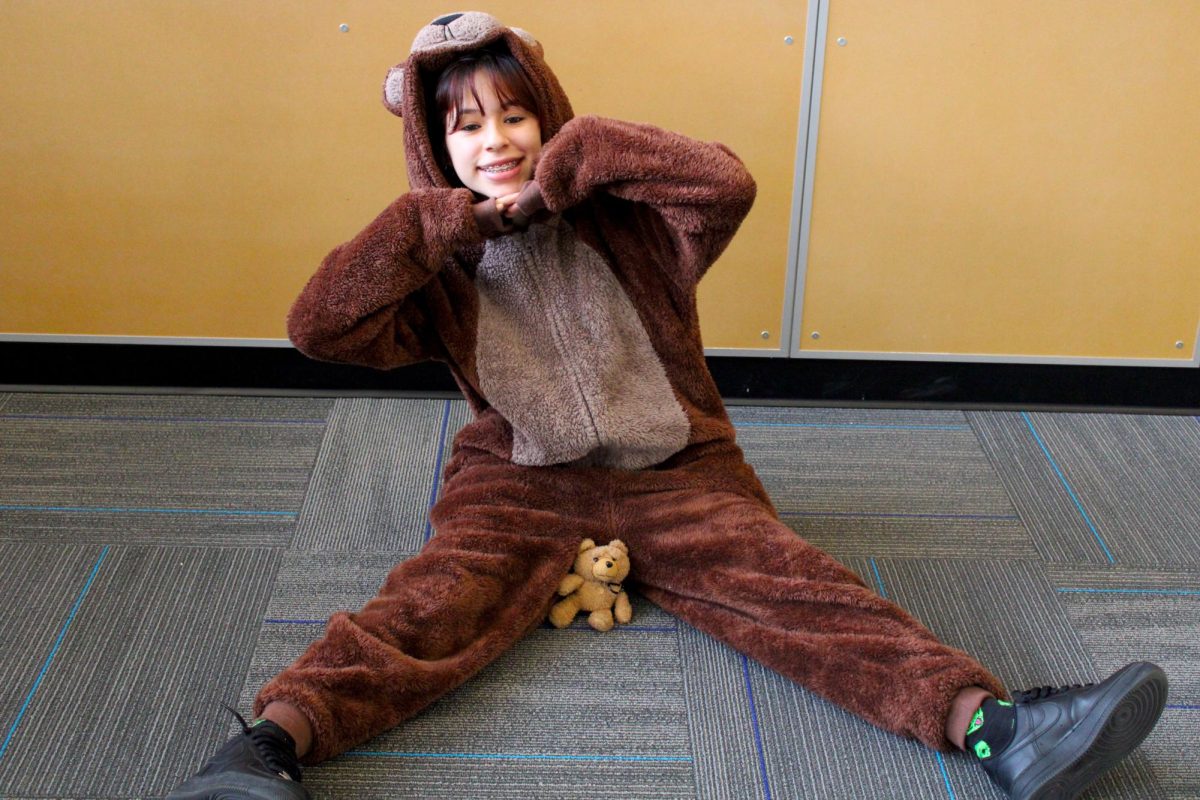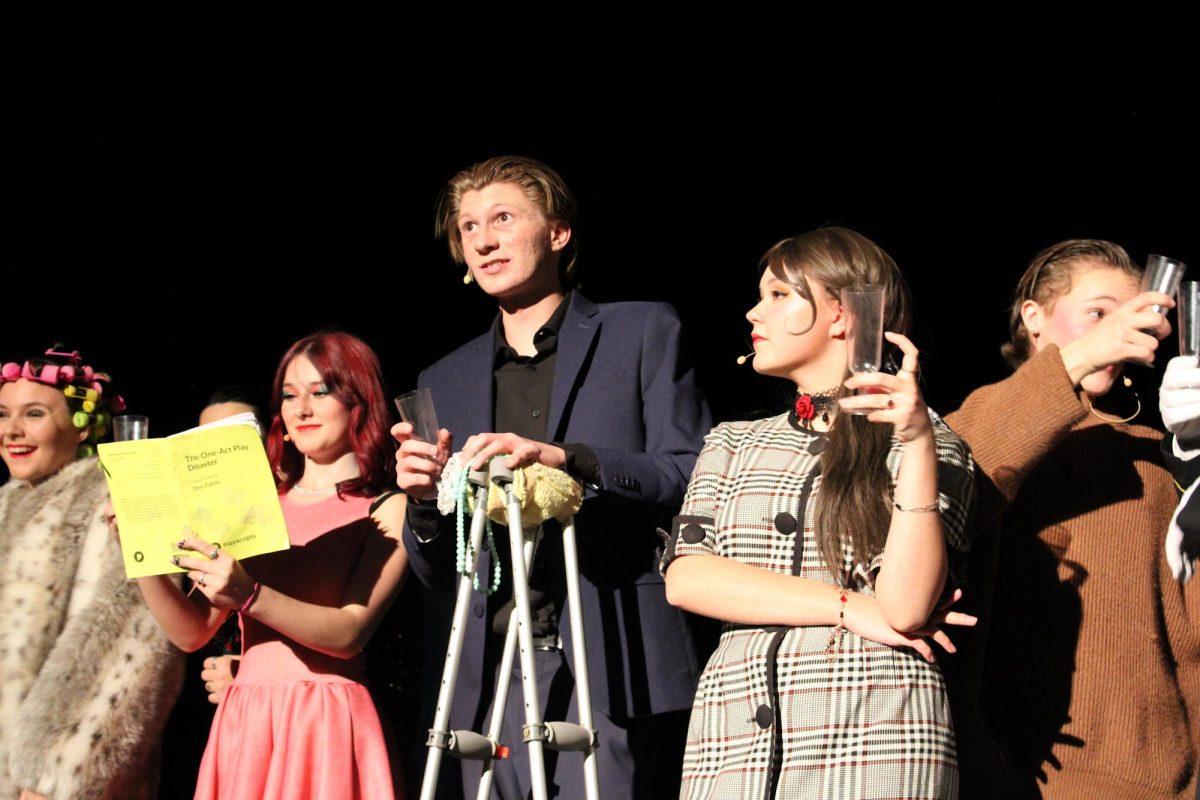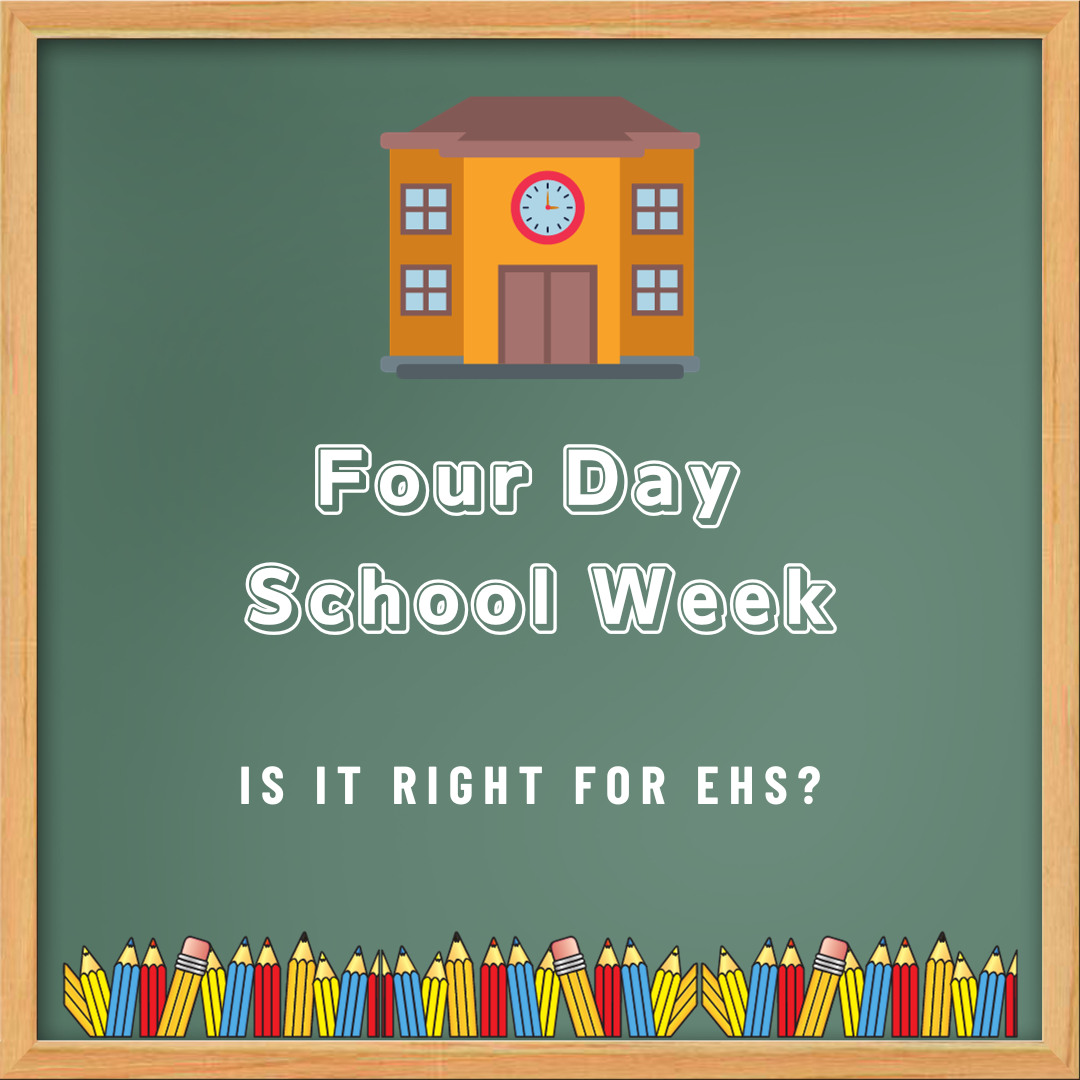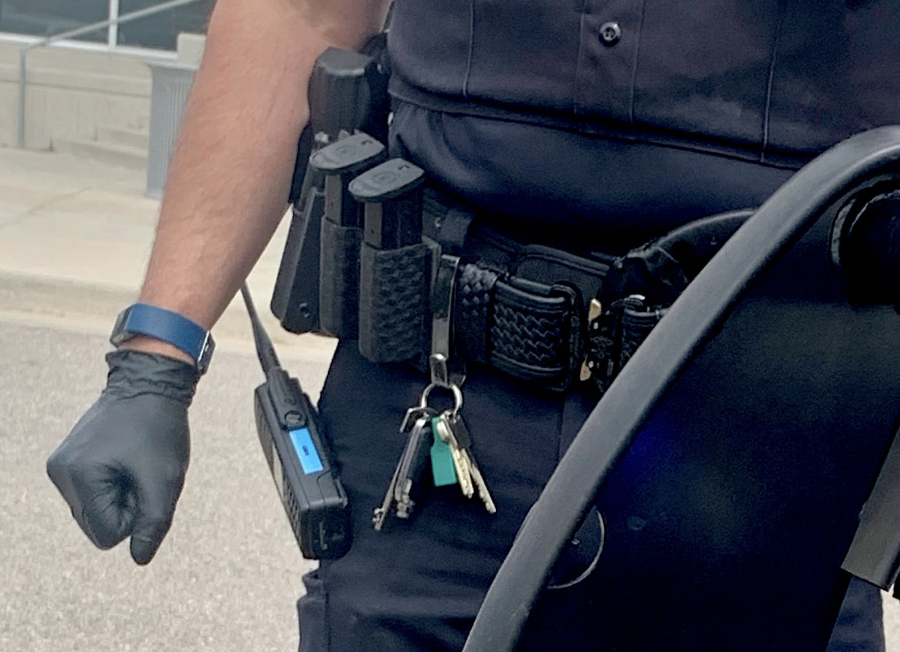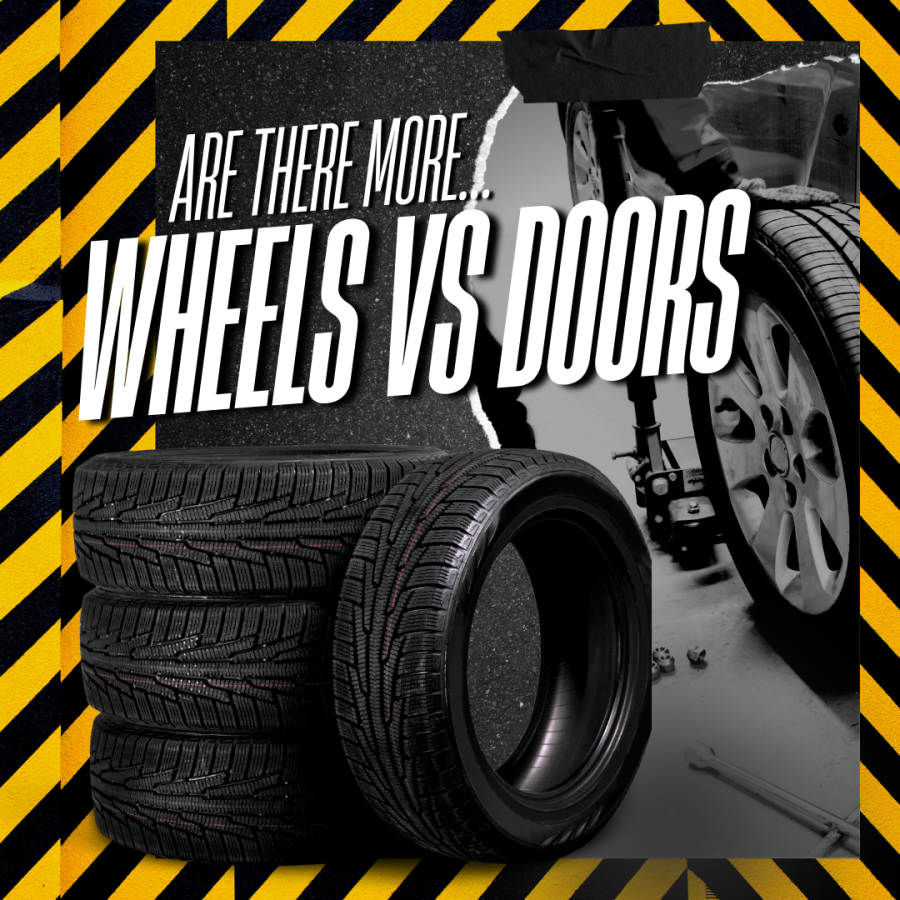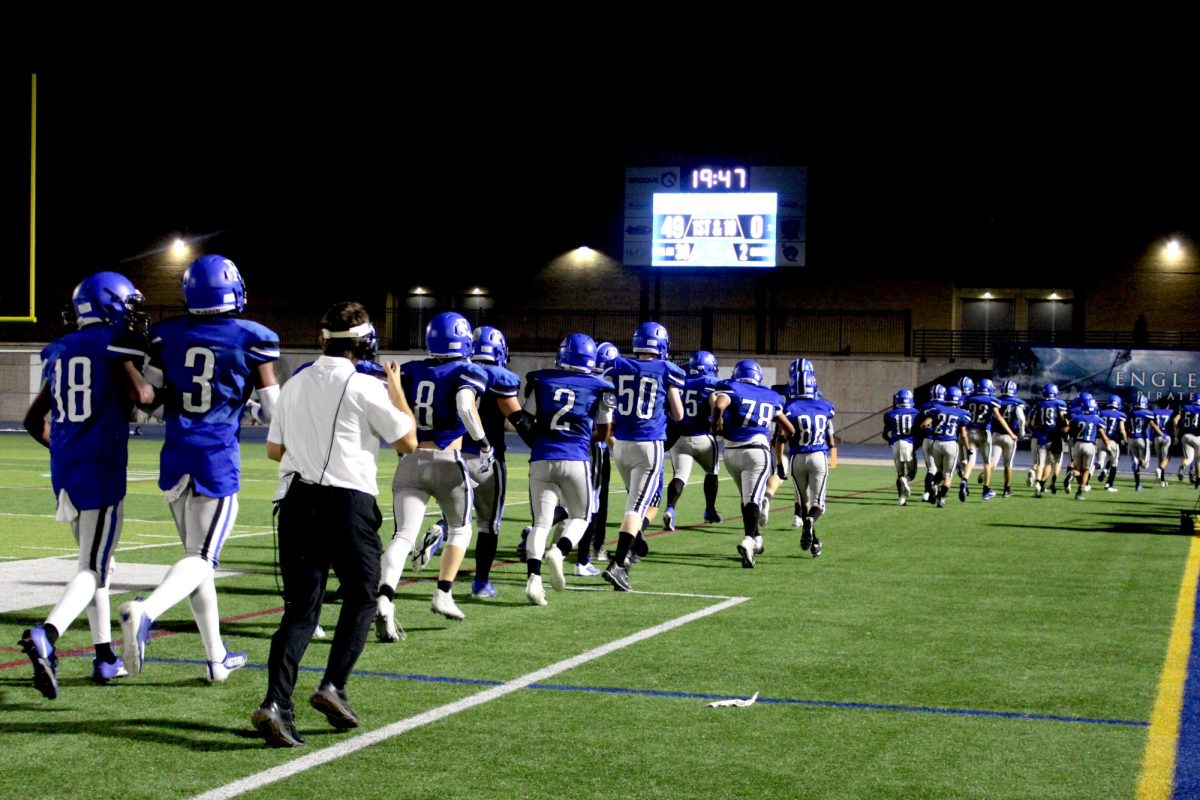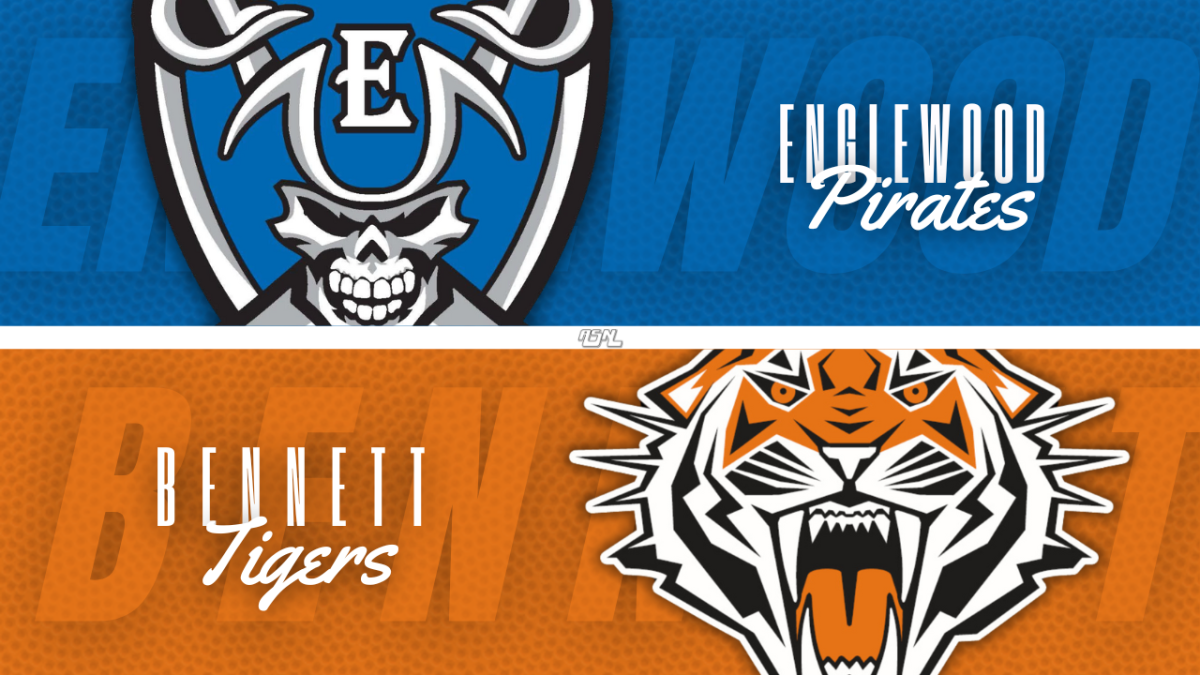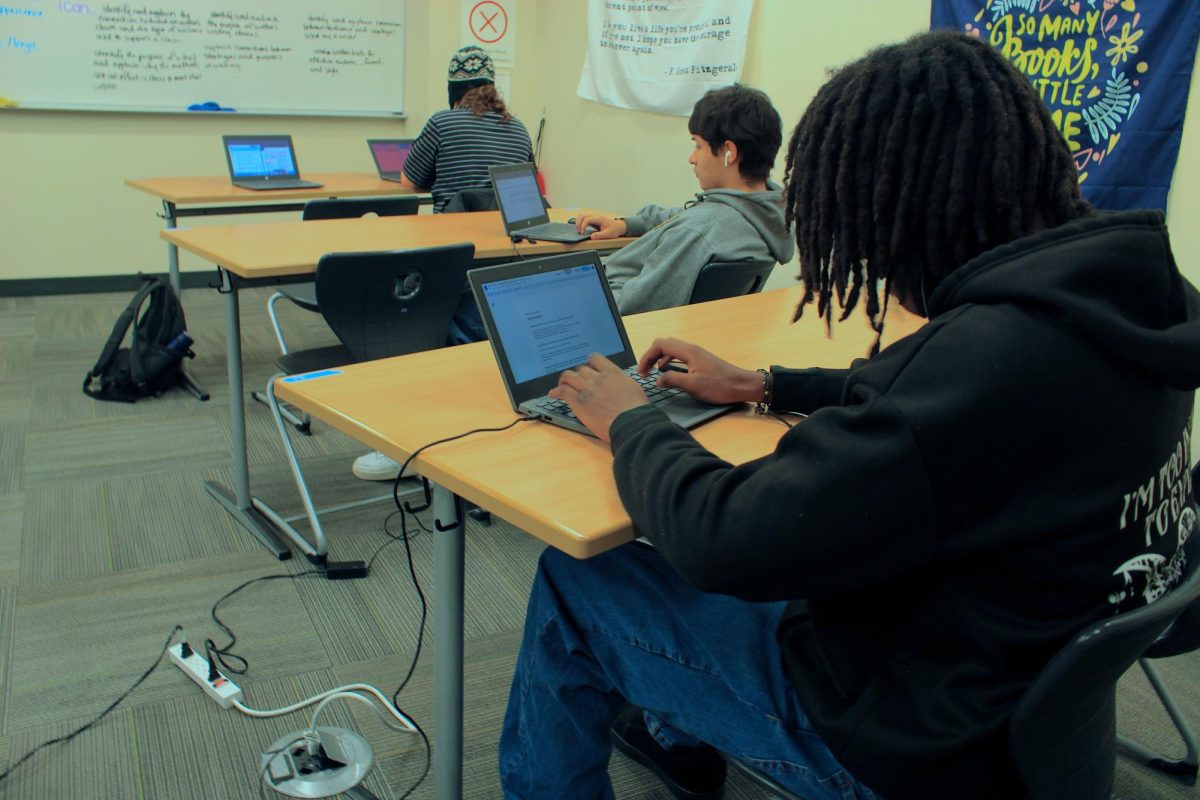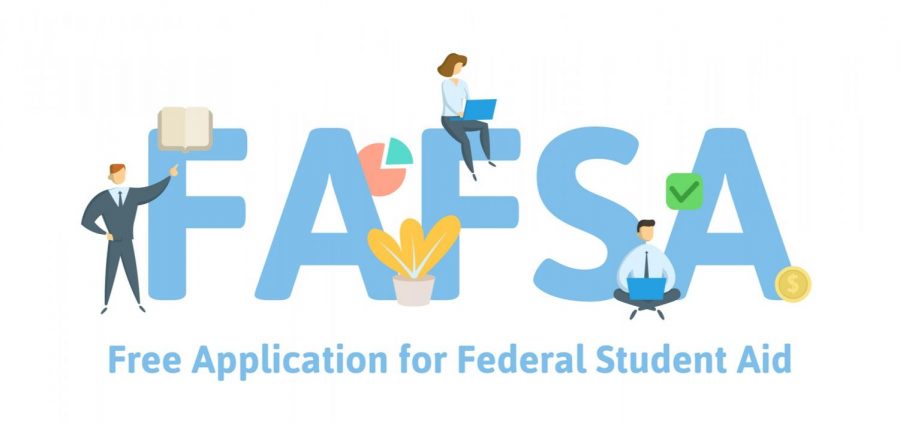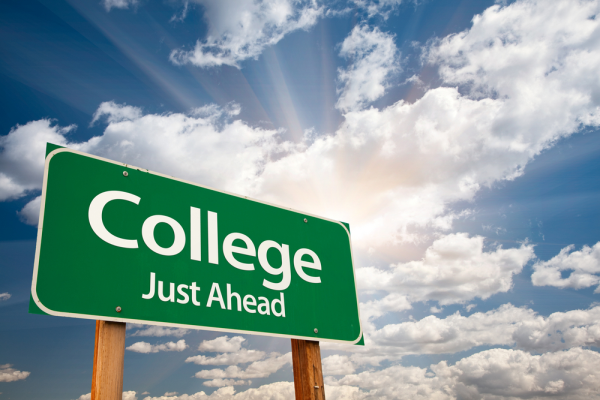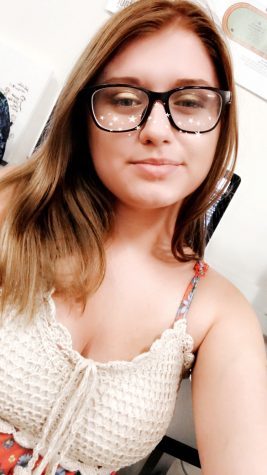EHS blood drive draws a lot of donors
53 donors give 51 units during day long event
December 6, 2019
“It’s not just like a simple task, but you’re going out of your way to help someone and it’s just an amazing thing,” said Senior Bailey Caldwell. Helping people is something everyone says they want to do, but how many have actually done something to help someone out? Students and staff here at Englewood took a small opportunity to help a big cause.
It’s not a secret that the world is always in need of more blood to help those in the hospital or going through something. Every year there is an annual school blood drive to allow students and staff to come together to donate blood and save lives. According to carterbloodcare.org, over 20% of the annual collections come from high school blood drives. The annual EHS National Honor Society (NHS) blood drive is something a lot of students look forward to including Caldwell, “I think it’s the idea of being able to know that you’re helping someone when you donate blood. I wish I could donate because I just think it’s really important, but I don’t weigh enough so it’s kind of sucks.”
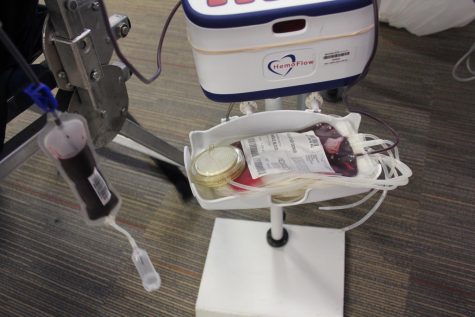
One bag of blood equals about one pint of blood. For each pint, you have the potential to save three lives.
Even though Caldwell can’t donate, she participates by providing donors with food and drinks, “I think helping everyone get their food and get situated is really awesome. I love working and hearing why people do it and like, why they’re so excited to do it.”
Caldwell believes that the blood drives allow students and teachers to get closer, “I like being able to connect with people that I haven’t really seen around the school especially staff. They come in and they’re just really excited to be donating, and you get to build that connection. I’m just here to help and after they come out from donating, you have to make sure they’re okay so you get that time to really connect with them. I think that it’s a lot of fun and really beneficial for all the students, NHS, and all the teachers. It makes me happy to see students donating so they can connect more with the community.”
While students get the opportunity to save lives, they also get community service hours, which are required to graduate. NHS members, such as Caldwell, get hours for helping out, “For NHS, we have to have our own sort of community service hours in order to stay in the club, it’s like 12 hours. But for students who are donating they get two hours of community service.”
While students are the main bodies coming in and out of the library during the blood drive, some teachers can also be caught lounging on the chairs waiting for their turn. English teacher Scott Silva chooses to participate every year, “I have been doing the blood drive since I started working in Englewood. Not working them, but giving blood for every one of them. I like to save lives.”
Silva has used the blood drive to get away from his fears, “I used to be terrified of needles so it has also helped me with my needle phobia.”
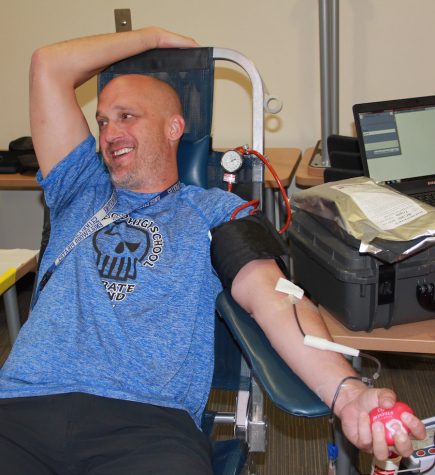
Teacher Scott Silva is in good spirits as he donates blood during the annual Honor Society blood drive.
He believes the blood drive is an easy way to help the community, “It’s just a good thing for capable people to do as often as possible, there are people out there that need it.”
While students earn community service hours, teachers participate just to do it. Silva enjoys the food that is provided, “absolutely the snacks at the end are always good too.”
Silva believes it’s worth the time to donate blood, “It’s a good way to, again, help people and feel like you’re contributing to saving lives and what an awesome way to get out of class if you get scheduled right so there’s that too.”
While he knows it’s important, he enjoys it the most once it’s done and over with, “When it’s over and I’m all healed up and I’m not leaking out of any veins I guess that’s my favorite part.”


